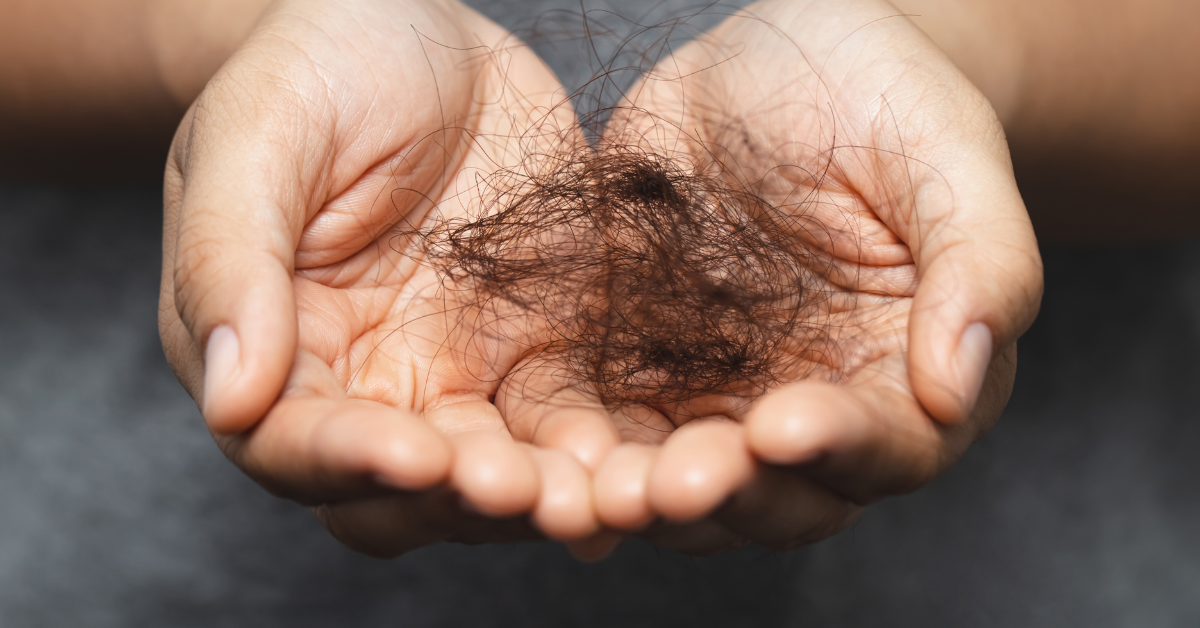
Hair Restoration for Men: What Are the Best Options?

*Collaborative Post
Hair loss affects many men, and it’s not just about appearance. It can chip away at your confidence and even affect how you socialise or work. The good news is that there are modern solutions available that work.
From surgical to non-surgical choices, the best option depends on your needs, budget, and stage of hair loss. Read on to find the treatment that suits your lifestyle and helps you feel like yourself again.
Understanding Why Men Lose Hair
Before exploring treatments, it helps to understand what’s causing the hair loss. The most common reason is male pattern baldness (androgenetic alopecia), which is largely genetic and affects the hair’s growth cycle. Other factors include stress, poor nutrition, certain medications, and medical conditions like thyroid imbalance or autoimmune issues.
By identifying the cause early on, you’ll be in a better position to choose a treatment that targets the root of the problem, not just the symptoms. A consultation with a GP or specialist can help rule out underlying health issues.
Hair Transplant Surgery
Hair transplants are a permanent solution for those with visible thinning or bald patches. The two main techniques used are FUE (Follicular Unit Extraction) and FUT (Follicular Unit Transplantation).
FUE is often preferred because it leaves minimal scarring and has a faster recovery time. Both methods involve taking healthy follicles from the back of your scalp and placing them where you’ve lost hair.
If you’re considering professional hair restoration, transplant surgery remains one of the most effective options. Results typically appear within 6 to 12 months and can last for decades. While it’s more expensive than other treatments, the long-lasting outcome makes it worth considering.
It’s important to choose a reputable clinic and an experienced surgeon. Look for credentials, before-and-after photos, and reviews. Trusted providers such as Gro Clinics specialise in advanced restoration methods and personalised care to help men achieve natural-looking results. A good provider will assess your hair loss pattern and expectations before recommending a surgical plan. Transplants aren’t usually recommended for men under 25, as early hair loss can still progress and affect the results.
Medication Options
If you’re in the early stages of hair loss, medication can slow down or even reverse it. The two commonly used options are finasteride (a prescription pill) and minoxidil (a topical solution). Finasteride works by reducing the hormone that causes hair to shrink, while minoxidil improves blood flow to the scalp.
These are approved by the NHS and can be prescribed by a GP or a private clinic. They’re not instant fixes, but they can preserve existing hair and support regrowth over time. Consistency is key with both medications.
It may take three to six months to see visible results, and stopping the treatment can lead to hair loss returning. Side effects are possible, especially with finasteride, so discuss any concerns with your doctor before starting.
For men not ready for surgery, combining minoxidil and finasteride often provides the best non-invasive option.
Scalp Micropigmentation (SMP)
For those not ready or suitable for surgery, SMP offers a non-invasive alternative. It involves applying tiny pigment dots to the scalp to mimic the look of shaved hair. It doesn’t grow hair but gives the appearance of a fuller head, which many men find boosts their confidence.
SMP is ideal if you prefer a closely shaved style. It’s also used to cover scars from previous transplants or injuries, making it a flexible choice. The procedure is typically done over a few sessions, and results can last up to five years.
It’s relatively low maintenance but may require touch-ups over time. SMP is especially popular among men who have extensive hair loss and want a defined, clean look without daily upkeep.
Platelet-Rich Plasma (PRP) Therapy
PRP therapy uses your blood to stimulate hair growth. A small amount of blood is taken, processed to concentrate the platelets, and then injected into thinning areas. The growth factors help improve hair thickness and scalp health.
PRP is increasingly offered by clinics providing hair restoration, particularly for those looking to avoid surgery. It works best when combined with other treatments like minoxidil. PRP isn’t a miracle cure, but studies show it can significantly improve hair density when used regularly.
It usually requires a series of sessions followed by maintenance treatments every few months. Since it’s your own blood being used, allergic reactions are rare, making it one of the safer options on the market.
Laser Therapy
Low-level laser therapy (LLLT) is another non-surgical solution. It uses red light to stimulate hair follicles and boost cell activity. You can receive treatment in clinics or buy laser caps for home use. It’s painless, safe, and often used alongside medication or PRP to increase results. However, you’ll need consistent use to maintain improvement.
The appeal of laser therapy is its convenience. Many at-home devices are wearable, hands-free, and designed for use just a few times a week. Like other non-surgical treatments, results take time, but they can improve scalp health and encourage regrowth when used regularly.
Laser devices should be approved by regulatory bodies like the MHRA (Medicines and Healthcare products Regulatory Agency) for safety and efficacy.
Finding Your Best Fit
Choosing the right hair restoration method depends on how advanced your hair loss is, your goals, and your budget. Some men benefit from combining treatments like medication, PRP, and transplants. Results take time, and maintenance might be needed, but with the right plan, real progress is possible.
Final Thoughts
Choosing the right hair restoration method isn’t a one-size-fits-all decision. Your age, hair loss pattern, and long-term goals all matter. What’s key is knowing that effective options do exist and that results are no longer limited to celebrities or expensive clinics.
If you’re ready to take the next step, speak to a qualified provider who can guide you through the safest and most realistic choice for your hair type and lifestyle.
*This is a collaborative post. For further information please refer to my disclosure page.




